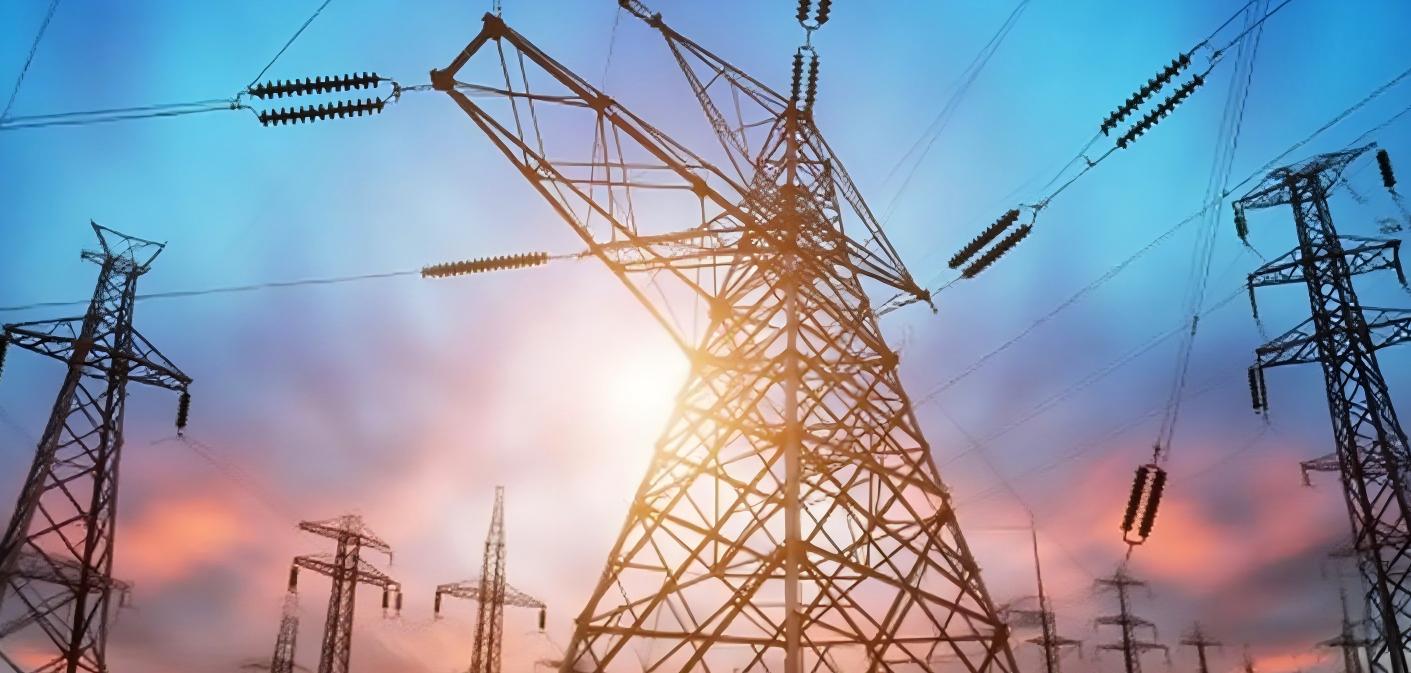Power Grid

Industry characteristics and requirements:
The power grid serves as the backbone of the electrical power system, and undertakes large-scale electricity transmission, distribution, and dispatch.
Core requirements include ultra-high reliability, safety, stability, and addressing challenges such as long-distance power transmission, voltage fluctuations, reactive power balance, and ground fault protection. Strict compliance with regulatory standards is mandatory.
Core challenges:
Transmission losses, voltage regulation, reactive power compensation, system grounding safety, short-circuit current control, and long-term stable operation of equipment.
Key Product Applications:
Oil-immersed/Dry-type transformers: Provide reliable power supply for distribution substations and switching stations in fire-safe or space-constrained installations.
Grounding transformers: Create artificial neutral points for system grounding, connecting arc suppression coils or grounding resistors.
Prefabricated substations: Rapid-deployment terminal power units for urban distribution networks and industrial/mining applications.
Arc suppression coils: Compensate capacitive currents during single-phase-to-ground faults in distribution networks to extinguish arcs.
Neutral grounding resistors: Limit ground fault current magnitude to protect equipment.
SVG/MCR/Shunt capacitors: Provide dynamic or stepped reactive power compensation to enhance voltage stability and reduce line losses.
Line voltage regulators: Automatically adjust voltage at remote ends of long transmission lines or under varying load conditions.
Shunt reactors: Absorb line capacitive reactive power to suppress overvoltage conditions.